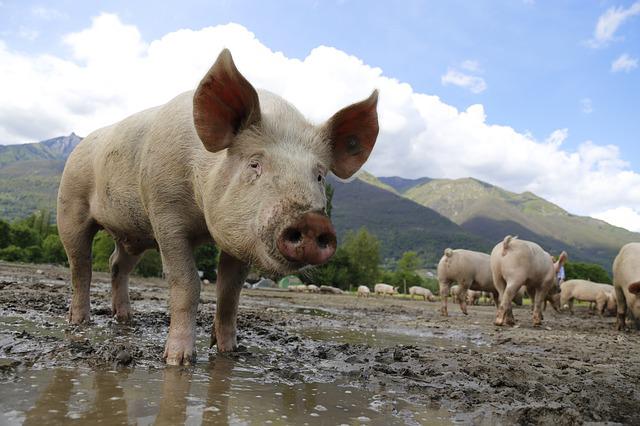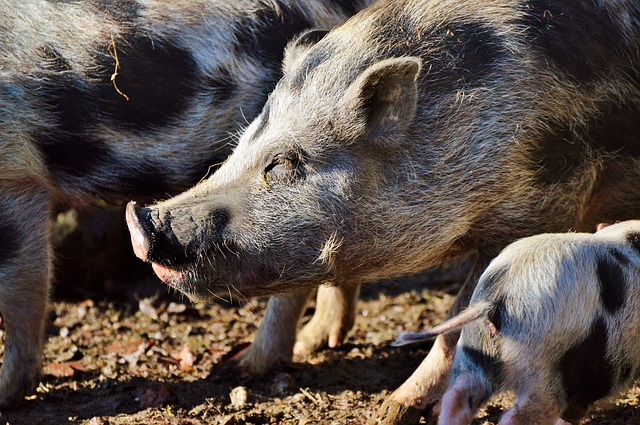
The idea of a herd usually refers to a group of wild pigs.
A herd is a group of animals belonging to the species Sus scrofa domestica , whose specimens are popularly known as pigs , pigs , pigs or swine . It can be said, therefore, that a herd is a specific type of herd .
It is believed that the domestication of the pig began about thirteen thousand years ago. This animal can be found in much of the planet , either living in a domestic environment (on farms, fields, etc.) or in the wild.
Characteristics of a herd
Herds are generally associated with wild pigs . In these cases, the pig is herbivorous, since its natural conditions tend towards plant -based feeding. Domesticated pigs, on the other hand, are usually fed as omnivores.
In herds you can see how the pig establishes bonds with the other members of its group. Three weeks after its birth, the pig is already an animal that interacts with others, playing games and communicating. It is important to highlight that the bond that a pig builds in its herd is maintained throughout its life.
It is common to see members of a herd wallowing in the mud , a behavior that causes many people to consider pigs as dirty animals. This action, however, indicates the opposite: by wallowing in the mud, the pigs manage to kill the parasites found in their skin .
Despite this, a person with poor hygiene or bad manners is usually described as a pig. The group of these subjects, by extension, can receive the nickname of herd: "Here comes the herd: be careful that the children do not break the plants."

In a herd, pigs establish different bonds with each other.
The life cycles of a pig
Life in the herd is not very different from what we are used to seeing in other types of herds, at least when they are in a natural state. The pig is a mammalian animal, a point at which it meets our species: the babies develop in their mother's womb and, after birth, they feed on her milk. Furthermore, since it is a social animal, it enjoys contact with other individuals of its species.
Pig gestation lasts four months and litters usually have an average of six piglets (the expected minimum is four and the maximum is eight). Considerably larger litters are seen in domestic herds: the largest so far is 27 piglets.
Another significant difference can be seen in the lactation period, which lasts between three weeks and a month: while in nature piglets can stay with their mother until the next litter has been born, in farms they are usually separated to penalties after three weeks.
In the wild herd, females become capable of breeding several years earlier than males: they usually reach sexual maturity between 9 and 18 months of age, while it can take up to five years for pigs. When a female is in fertile season, the males (called stallions or boars ) confront each other in fierce battles for the right to mate with her.
Mating of wild pigs can occur once or twice a year and their mortality rate is high (deaths are common during their first year of life). Their life expectancy in the wild usually does not exceed 10 years, while farmed pigs can reach three decades; It is clear that any individual of this species prefers an hour in freedom than an eternity living as a slave.
